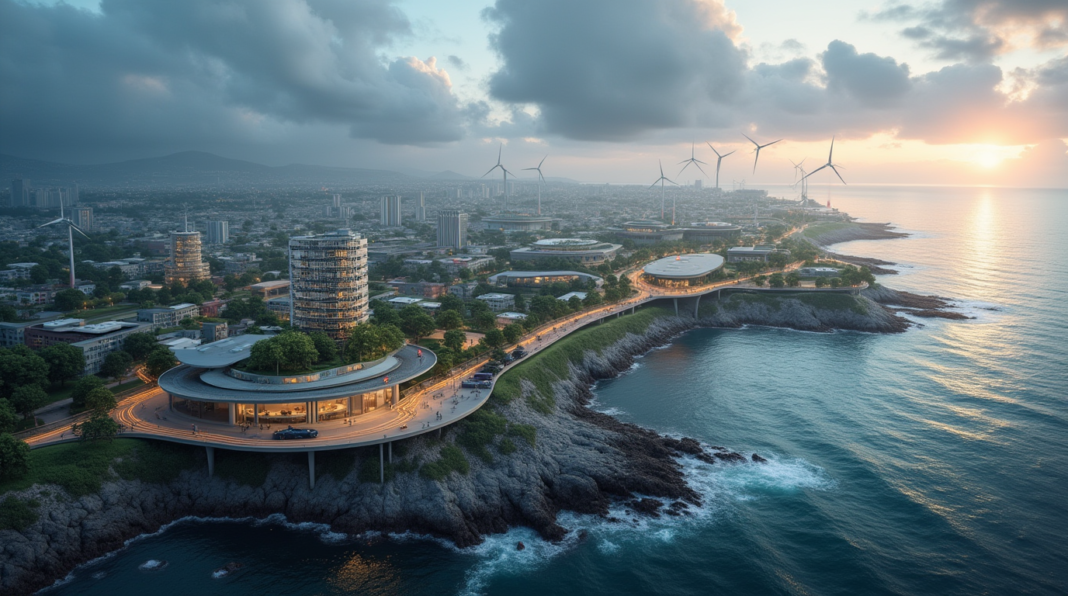Rethinking Resilience in a Changing Climate
The increasing frequency and intensity of disasters like earthquakes, hurricanes, floods, and wildfires are no longer rare shocks—they’re the new normal. With this shift, the way we build and maintain infrastructure is under serious pressure. In fact, the United Nations Office for Disaster Risk Reduction reported that between 2000 and 2019, the world lost close to $3 trillion to climate-related disasters. These aren’t just numbers—they reflect broken systems, disrupted lives, and fragile economies. Infrastructure that can’t hold up under stress puts everything at risk: lives, businesses, and national stability.
Climate change plays a big role here. The Intergovernmental Panel on Climate Change made it clear in their 2021 report that global warming is directly linked to the growing severity of heatwaves, floods, and storms. Coastal cities are already seeing the effects—rising sea levels and stronger storm surges are pushing local systems to their limits. And it’s not just about weather—it’s about the ripple effects. The World Bank estimates that when infrastructure fails during disasters, the world loses about $390 billion each year. Not everyone experiences these losses equally. Lower-income communities with poor housing and weak infrastructure bear the brunt of the damage and struggle most with recovery.
Engineering for Strength and Sustainability
What’s encouraging is that engineers and designers are responding—with smarter, stronger, and more sustainable strategies. Structural reinforcement is becoming more standard, using materials like fiber-reinforced polymers and self-healing concrete to boost durability. Nature-based designs like green roofs and wetlands help cities absorb water and reduce flood risks. Tools like digital twins and Building Information Modeling are now part of the planning phase, helping engineers simulate how infrastructure will perform under stress. Deloitte explored this in 2022, highlighting how these tools help predict vulnerabilities before they become costly failures.
But having the tools isn’t enough—execution matters. Countries like Japan have shown what’s possible when disaster-resilience is a national priority. Take the Tokyo Skytree: it incorporates a central shaft inspired by traditional pagoda architecture, giving it incredible earthquake stability. This kind of smart engineering saves lives. The Netherlands, which has always battled water, has built world-class flood defenses through projects like the Delta Works—a massive system of dams, sea walls, and surge barriers that protect huge parts of the country. And in the U.S., particularly in wildfire-prone areas like California, the state is using AI-powered wildfire detection and fire-resistant building codes to limit damage. Controlled burns and vegetation management are part of that approach too, as CalFire outlines.
Barriers and Opportunities
There are still real challenges. For one, disaster-resistant designs often cost more upfront, even though studies (including those from FEMA) have shown that every dollar spent on mitigation saves six in future losses. There’s also the policy gap: not every region has building codes that reflect today’s climate risks, and enforcement is uneven. Plus, the knowledge and tech gap is wide. Some countries have cutting-edge tools; others don’t even have consistent power or internet. The World Bank and other global agencies have acknowledged this and are pushing for knowledge sharing and international cooperation.
If we’re serious about long-term resilience, there are a few things that need to happen. Building codes need to be stronger and better enforced. More investment is needed—and not just from governments. Public-private partnerships could make a huge difference. Technology like AI and digital sensors can help, but only if they’re widely understood and accessible. Most importantly, communities have to be involved. People who live in high-risk areas should be part of planning and education. If they don’t know how to use what’s built—or don’t trust it—resilience remains theoretical.
Building a Safer Future
Disaster-resistant infrastructure is no longer a forward-looking ideal—it’s a current necessity. As the climate continues to shift and disasters grow more intense, designing with resilience in mind is the only realistic way forward. It’s how we protect people, safeguard economies, and build cities that aren’t just livable—but survivable.
References
- UNDRR (2020)
- IPCC Sixth Assessment Report (2021)
- World Bank Lifelines Report (2019)
- Deloitte (2022) on digital twins
- NHK World (2020) on Tokyo Skytree
- Rijkswaterstaat (2021) on the Delta Works
- CalFire (2021) wildfire strategies
- FEMA (2019) Mitigation Saves Report

